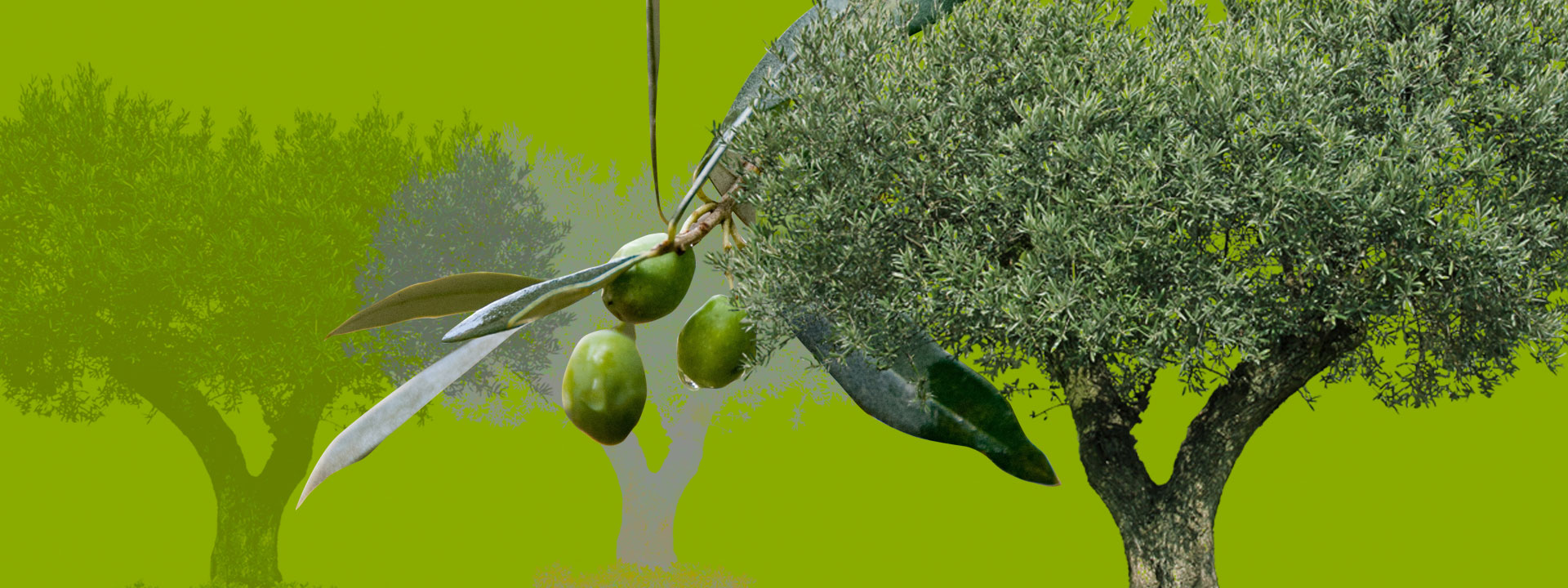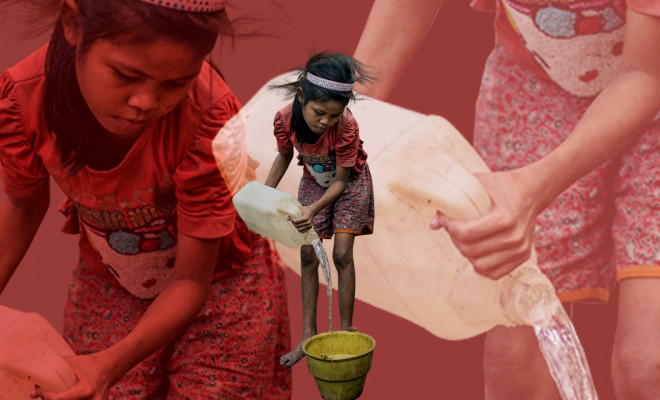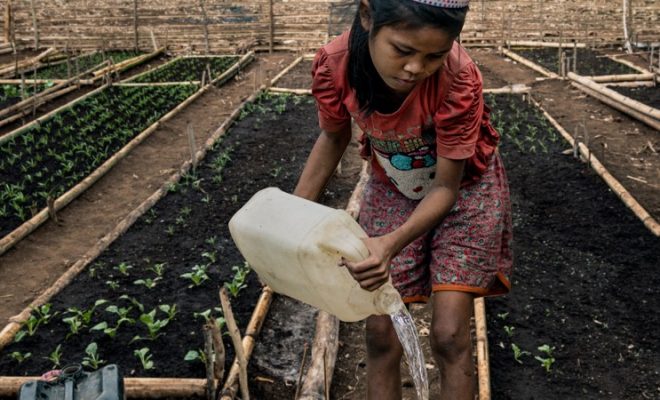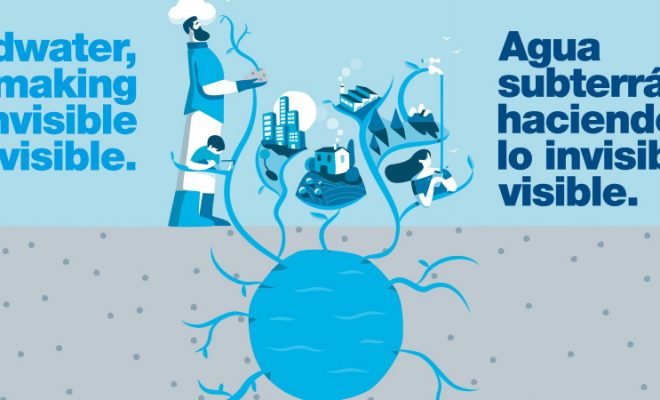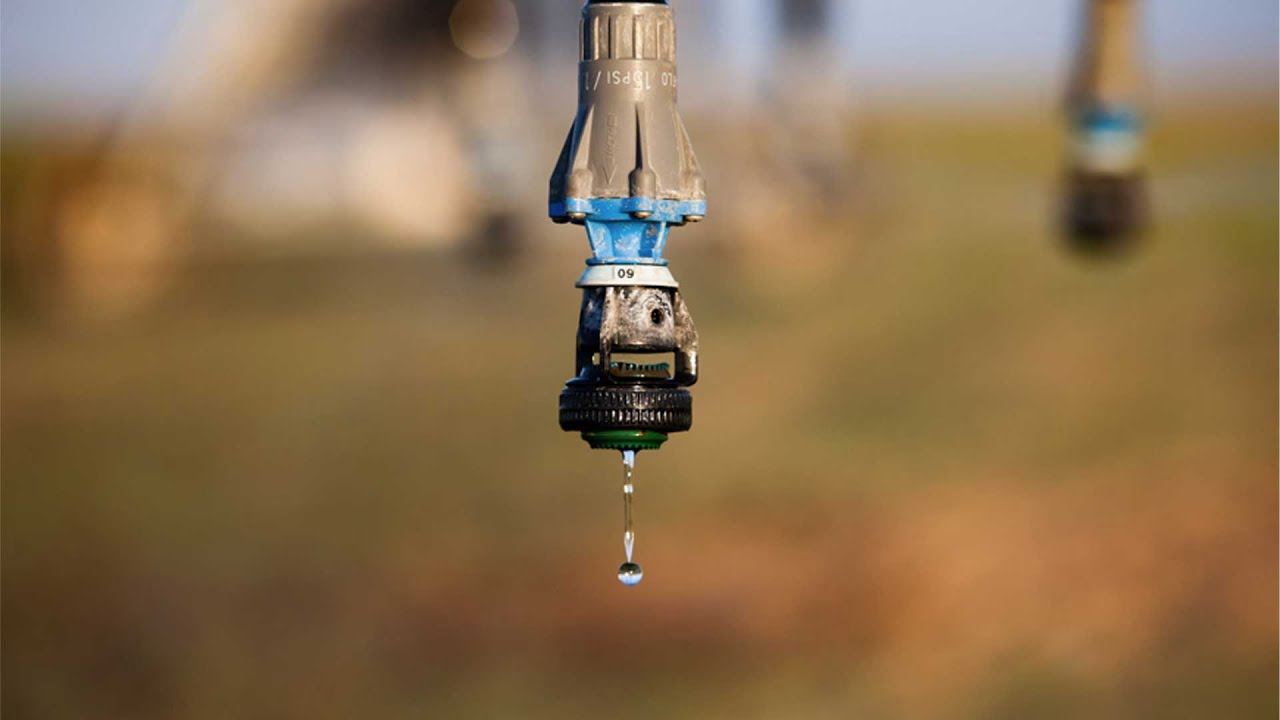
The star of the Mediterranean diet is going through a crisis. Droughts and abnormal temperatures have reduced production and pushed olive oil prices to unprecedented levels. In Eurostat, the official data portal of the European Union, in September 2023, the price of “liquid gold” was 75% higher than in January 2021, and prices continue to break records, with increases that we have not seen in the last two decades. In Spain, the world’s largest producer, the price rise has reached outrageous levels that have reduced consumption of a traditional product.
The quintessential Mediterranean tree
Fossil evidence indicates that the olive tree originated 20 to 40 million years ago in what is now the Italian peninsula and the eastern Mediterranean basin. There is evidence of the consumption of wild olives in paleontological sites in Asia Minor before the Neolithic. It is believed that the first crops were cultivated in present-day Syria around 5,500 years ago. The Cretans were the first to trade olives and olive oil, which was fundamental in the development of the Minoan civilization, starting about 4,000 years ago.
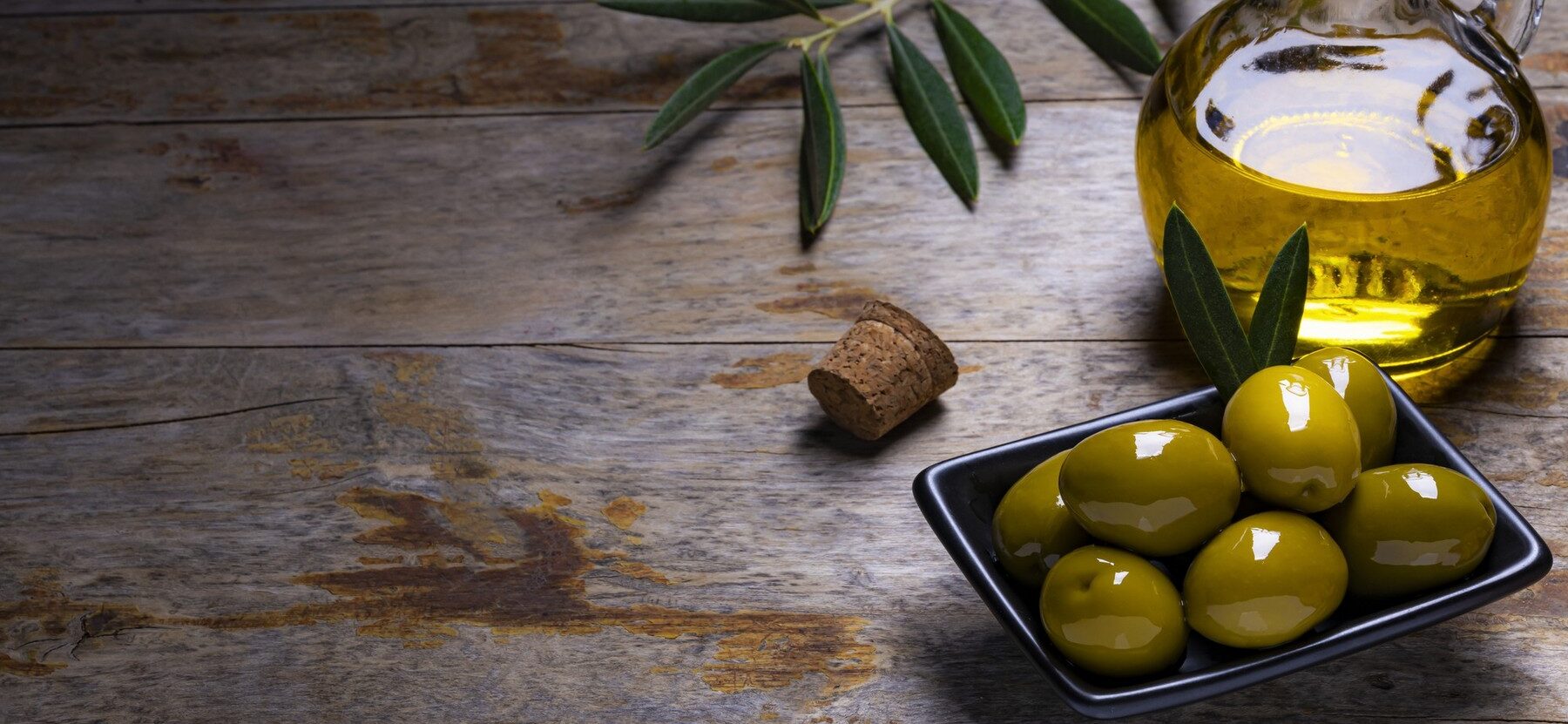
Olive oil is an example of how climate inflation impacts consumers of an ancestral product. © wirestock/ Freepik
The Romans were the great promoters of olive cultivation, spreading it throughout southern Italy, North Africa, and Spain. Along with vines and wheat, the olive tree became the ideal rainfed crop and shaped most Mediterranean inhabitants’ landscape and diet. They were a source of wealth adapted to hot, dry summers, winters with short frosts, and mild, rainy springs and autumns. Oil, wine, and bread reached the tables with no other resources than the sun, rain, and labor in the fields.
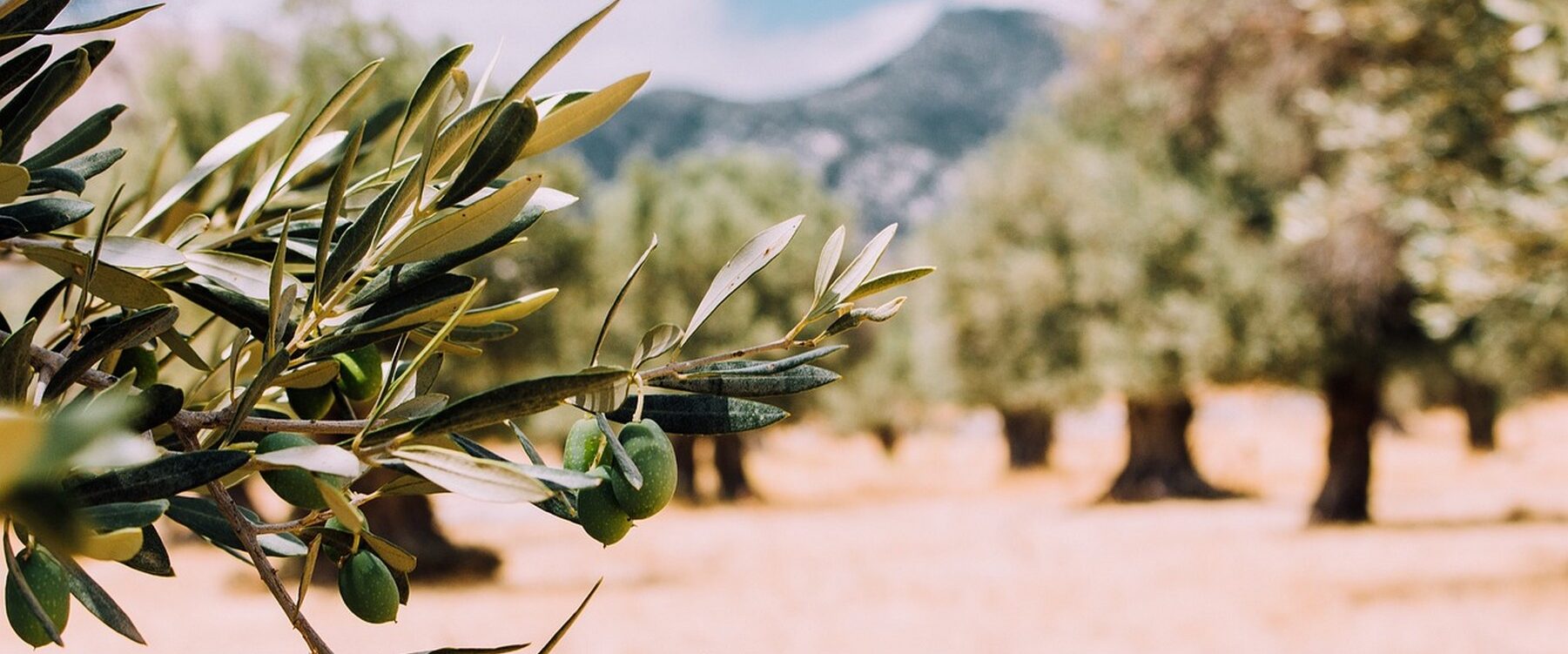
The Romans were the great promoters of olive cultivation, spreading it throughout southern Italy, North Africa, and Spain. © StockSnap
From rainfed to irrigated
The irrigated olive groves have expanded with the progressive industrialization of agriculture, as it was discovered that with more water and fertilizer, the trees bore more fruit. If a hectare with a density of 80 to 120 trees yields about 2,600 kilos in dry land, it reaches 5,700 in irrigated land, more than twice as much. If, in addition, based on fertilizers and more water, the density is increased to 1,000 and 2,000 trees per hectare, and these are arranged in hedges planted on flat land to improve the mechanization of the harvest, olive trees can reach a production of up to 14,000 kilos per hectare. This is the so-called “super-intensive” farming.
But this productive wealth comes at a price: the useful life of the trees, which in dry land is about 100 years, drops to 15 years. They become more vulnerable to extreme weather, and the olives are of poorer quality. Similarly to the vine, the rainfed olive grove is used to “suffer,” which makes it strong and gives quality to the fruit, increasing its proportion of fat (oil) compared to the irrigated one, which has more water in its pulp.
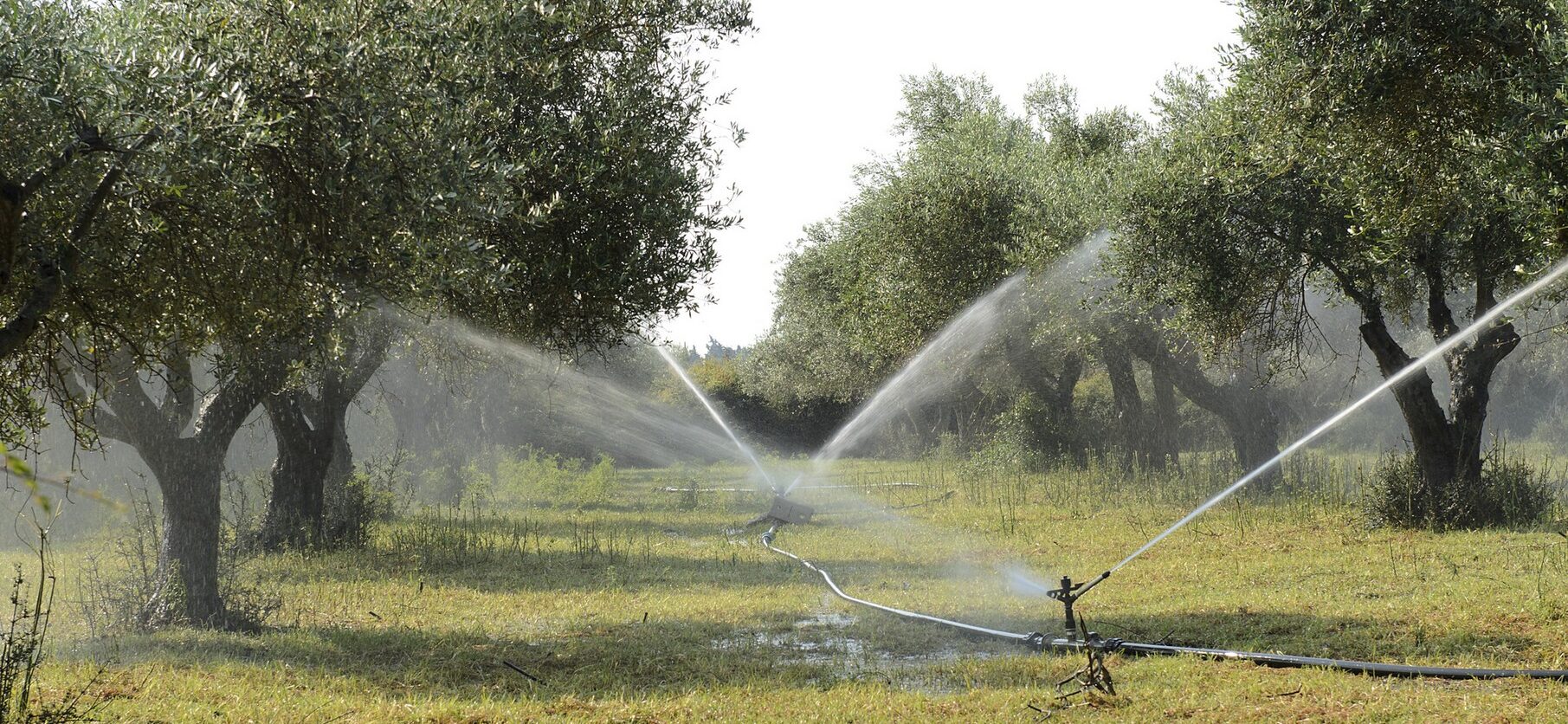
The irrigated olive groves have expanded with the progressive industrialization of agriculture, as it was discovered that with more water and fertilizer, the trees bore more fruit. © Freeimages
On the other hand, a weaker plant needs insecticides and pesticides. The olive grove thus becomes an element of environmental deterioration. It ceases to safeguard the vegetation cover and the natural humidity of the soil, as it has traditionally done.
A crop at the limit of its resistance
In Spain, with 2.7 million hectares of olive groves, the last two seasons have seen an unusual situation in both rainfed and irrigated groves: spring heat waves with temperatures of more than 35 ºC destroyed part of the blossom, and persistent droughts damaged the fruit and its fat content. Nationwide, oil production fell from nearly 1.5 million tons in 2021/2022 to 665,000 tons last season. The outlook for the current season has not improved.
Botanists warn that droughts and temperature changes are pushing the historic tree to the limit of its legendary resistance. The situation has caused alarm, especially in the southern regions, where most of the olive groves are concentrated: according to the Union of Small Farmers and Ranchers of Andalusia (UPA Andalucía), the oil yield of olives, which is usually more than 20%, has dropped to 16% in the last harvest.
In Italy, the world’s second-largest producer after Spain, the situation in the most productive regions, from Tuscany to Emilia Romagna, is very similar: a drop in olive production and quality due to the lack of rainfall and temperature abnormalities. It is a Mediterranean crisis: in Morocco, another major producer, the olive harvest this year has plunged by 44% compared to the previous season, and the Maghreb government has restricted exports until December 2024.
The bondage of production and the paradox of water
When Spain joined the European Union in 1986, the Common Agricultural Policy (CAP) production subsidies pushed farmers year after year to super-intensive cultivation: they were paid directly based on production, and droughts were overcome by more irrigation. This controversial trend has continued to rise; many farmers claim that a bubble is developing: more significant land extensions are being bought to compete in the international market while ignoring the water stress traditionally present in the south of Spain.
This increase in the extension of irrigated land in soils where olive groves replaced cotton fields, one of the crops with the largest water footprint, entailed less water extraction, further encouraging farmers. Some reports from the Confederación Hidrográfica del Guadalquivir (Guadalquivir Water User Board) claim that this change and irrigation modernization have saved up to 2,500 cubic meters per hectare.
The La Loma case
However, the super-intensive olive groves have caused severe problems for groundwater, the primary source of irrigation. The most famous case is in the Jaén region of La Loma, in Andalusia. In 1995, after a prolonged drought that threatened to wipe out the olive groves, drilling for water revealed the existence of an unknown aquifer of Jurassic origin (between 201 and 145 million years ago).
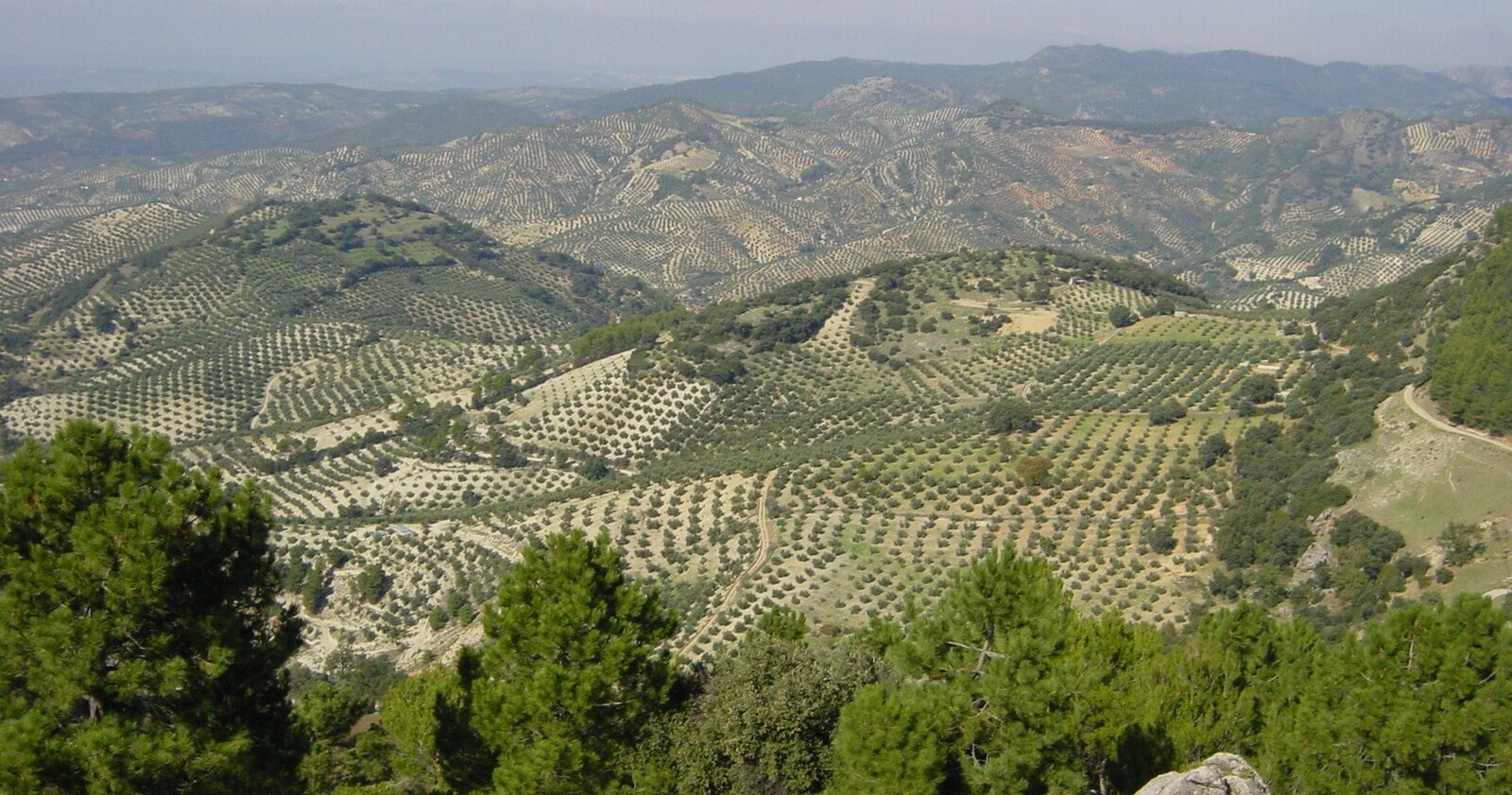
The case of La Loma, in Andalusia, shows the two faces of agricultural intensification in rainfed areas.
The aquifer was vast, more than 1,000 km2, and water flowed at 100 liters per second from the boreholes at a depth of about 450 meters. This water saved the olive trees, but when the rains returned, water continued to be extracted for irrigation, given the increase in production. The rainfed olive groves became intensive, and the aquifer continued to be exploited until it was practically dry in over two decades.
Feast today, famine tomorrow. The case of La Loma shows the two faces of agricultural intensification in rainfed areas. Despite warnings from hydrogeologists and even though the farmers themselves had been demanding regularization of water extraction, the ecological disaster was consummated.
Controlled abstractions and regenerative agriculture
Putting an end to uncontrolled water extraction is the major pending issue in Spain, which has accumulated sanctions from the EU.
Olive oil is a clear example of what climate inflation means. The outlook is not promising for the Mediterranean regions threatened by increasingly extensive and recurrent droughts that force many crops to be questioned. The return to rainfed farming is challenging in many cases. One of the solutions that many olive growers are opting for is organic farming and the return to old abandoned varieties of olive trees that are more resistant to sudden climatic variations. This is not only a water crisis but also a structural one, and it should serve as a guide to adapt to the new environment we are creating.


